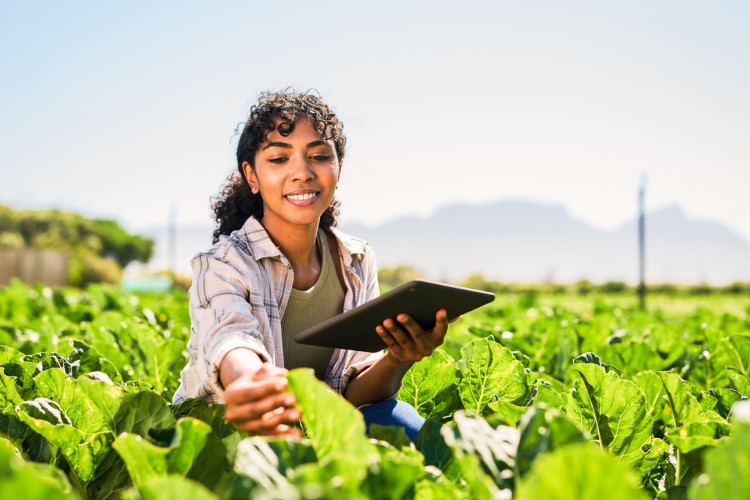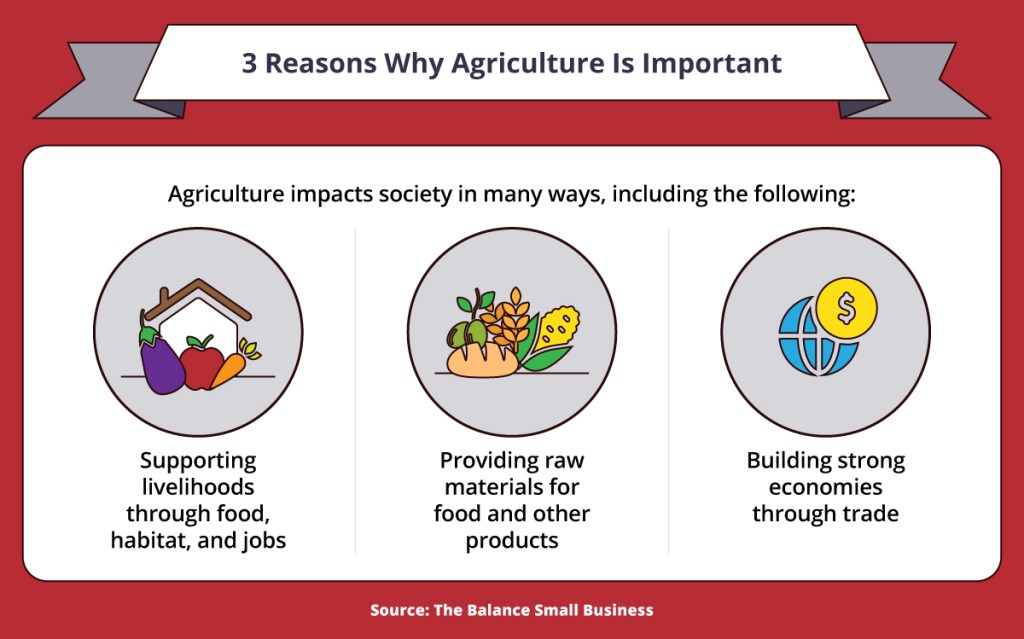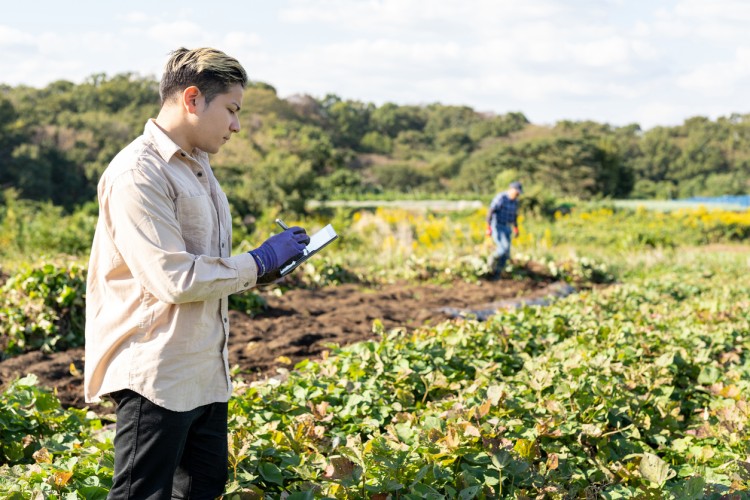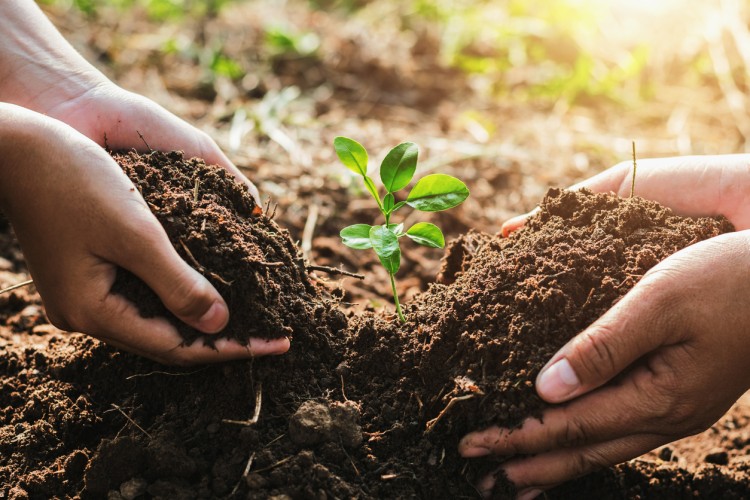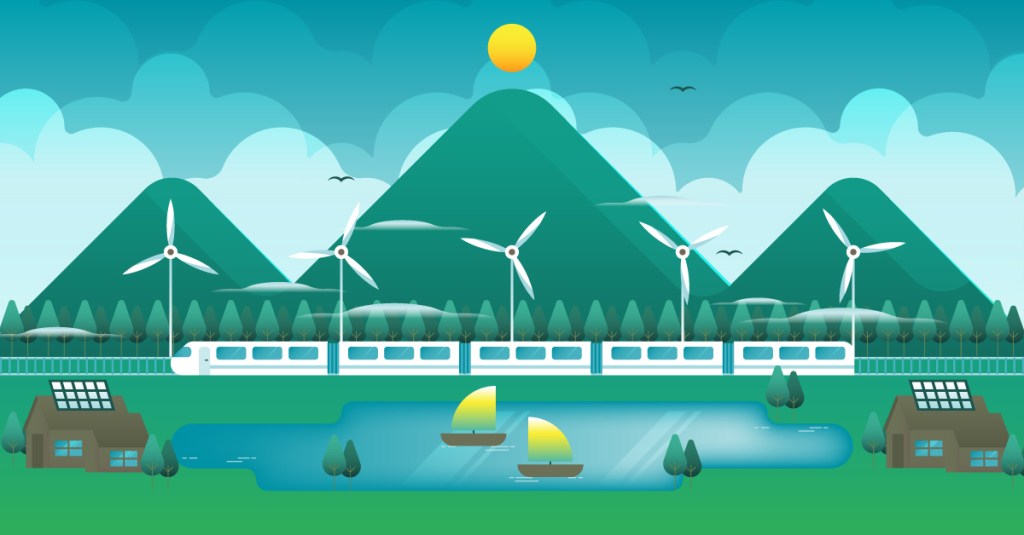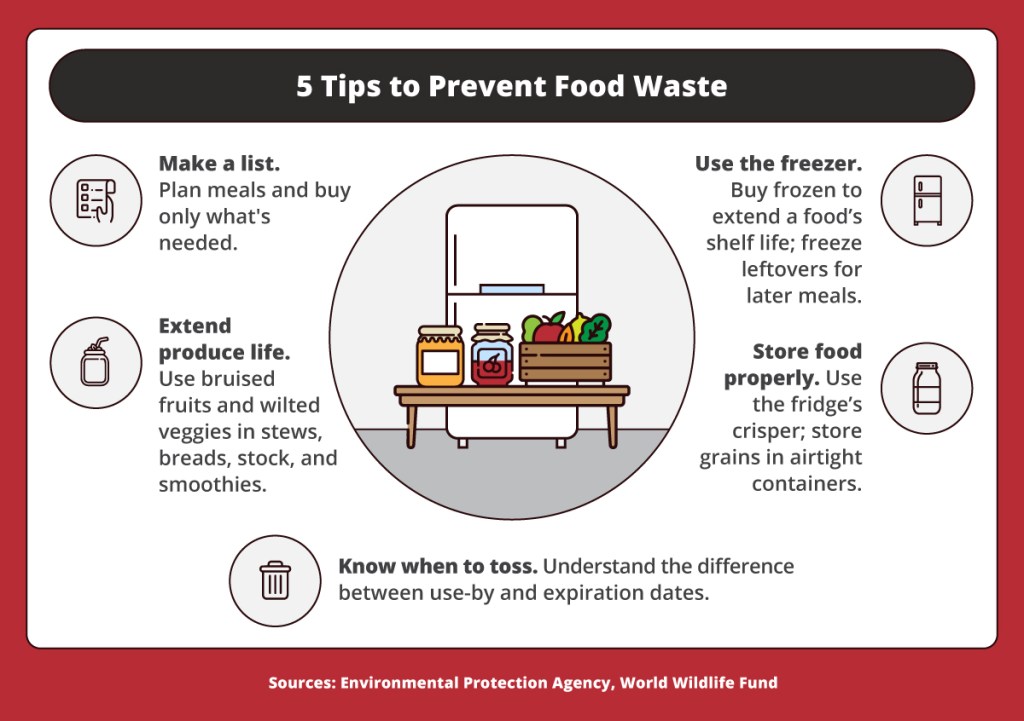
Table of Contents What Is Sustainable Eating? Sustainable Food Practices Sustainable Eating Habits How to Eat Sustainably Sustainable Food Choices and Best Practices Examples of Sustainable Foods Does the way we eat affect the environment? Scientists say yes. Diets high in animal protein and certain crops can increase water usage, contribute to soil depletion, and release methane and other fossil fuel emissions into the atmosphere. Large-scale agriculture and livestock husbandry rely on highly resource-intensive farming practices. However, eating a sustainable diet can mitigate these impacts and help lessen the impact of agriculture on the environment. The more individuals adopt the […]


